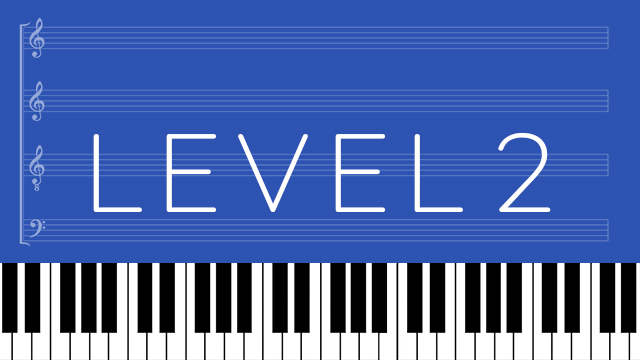Canons, also known as rounds, are useful for
- Developing our musical skills
- Learning and singing with our choir or group
- Learning and singing in the music class
Pre-Existing and New Canons
Level 2 contains a selection of pre-existing canons, as well as newly composed pieces by Irish composers Seán Doherty (b. 1987) and Laura Sheils (b. 1995). For some of these newly composed canons, accompaniment tracks are provided: in video 5(b) and for audio download.
1. Canon in E minor - Luigi Cherubini
2. Canon in C minor - Joseph Haydn
3. Denise’s Fleece - Seán Doherty
4. The Hiccup Mimic - Seán Doherty
5. Canon in G - Joseph Haydn
6. Canon in E minor - Franz Schubert
7. Canon in F - Melchior Vulpius
8. The Imaginary Menagerie Manager - Seán Doherty
9. Scary Sights, Scary Sounds - Laura Sheils
10. Minor Syncopa - Laura Sheils
Using Each Canon
For each Level 2 canon, you will find guidance on ‘Using This Canon’, including information and ideas for your own musical development as well as for using the canon with your choir, group, or class. You will also find suggestions for adding extra challenges to each canon for your continuing musical development.
Some tips for teaching a canon
When using canons with your choir or singing group, it is worthwhile to spend time on teaching the unison version well, taking care of all the musical issues before adding the other parts. The conductor/teacher should strive to give an excellent demonstration when teaching the melody, singing with accurate tuning and a quality, resonant, supported tone. Make sure to choose a key to suit your singers. If you find that the melody is too low, or too high, you may wish to select a different key.
The importance of ear training for conductors
Conductor Diane Wittry advises: The most important area to work on, and perhaps the most difficult to practice on your own, is ear training [...] It is critical that you continue to practice and refine your skills in this area throughout your career. (Diane Wittry, Beyond The Baton: What Every Conductor Needs To Know (Oxford University Press, 2007), p. 11)
Use the exercises above to improve your musical skills through polyphonic skill development.




